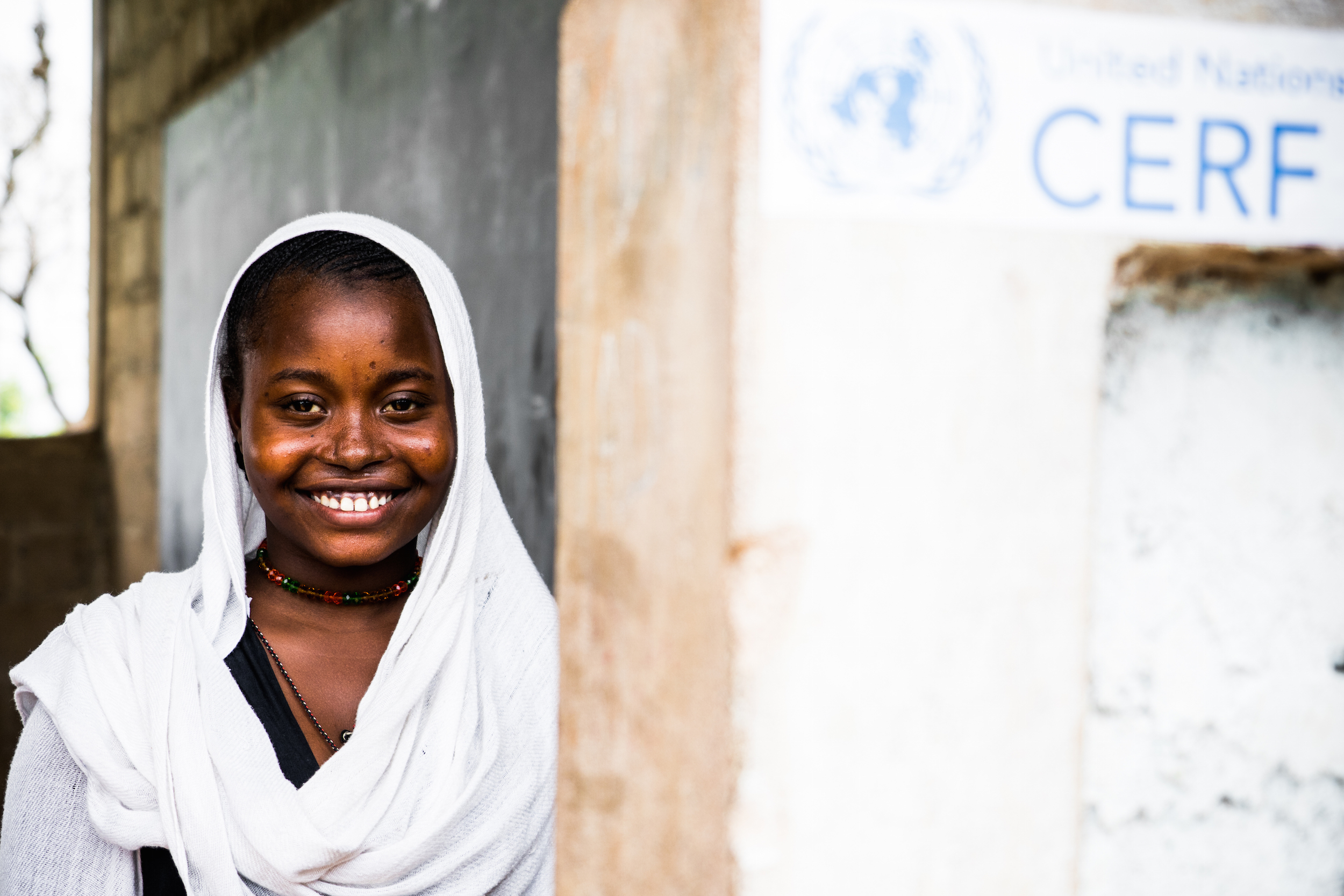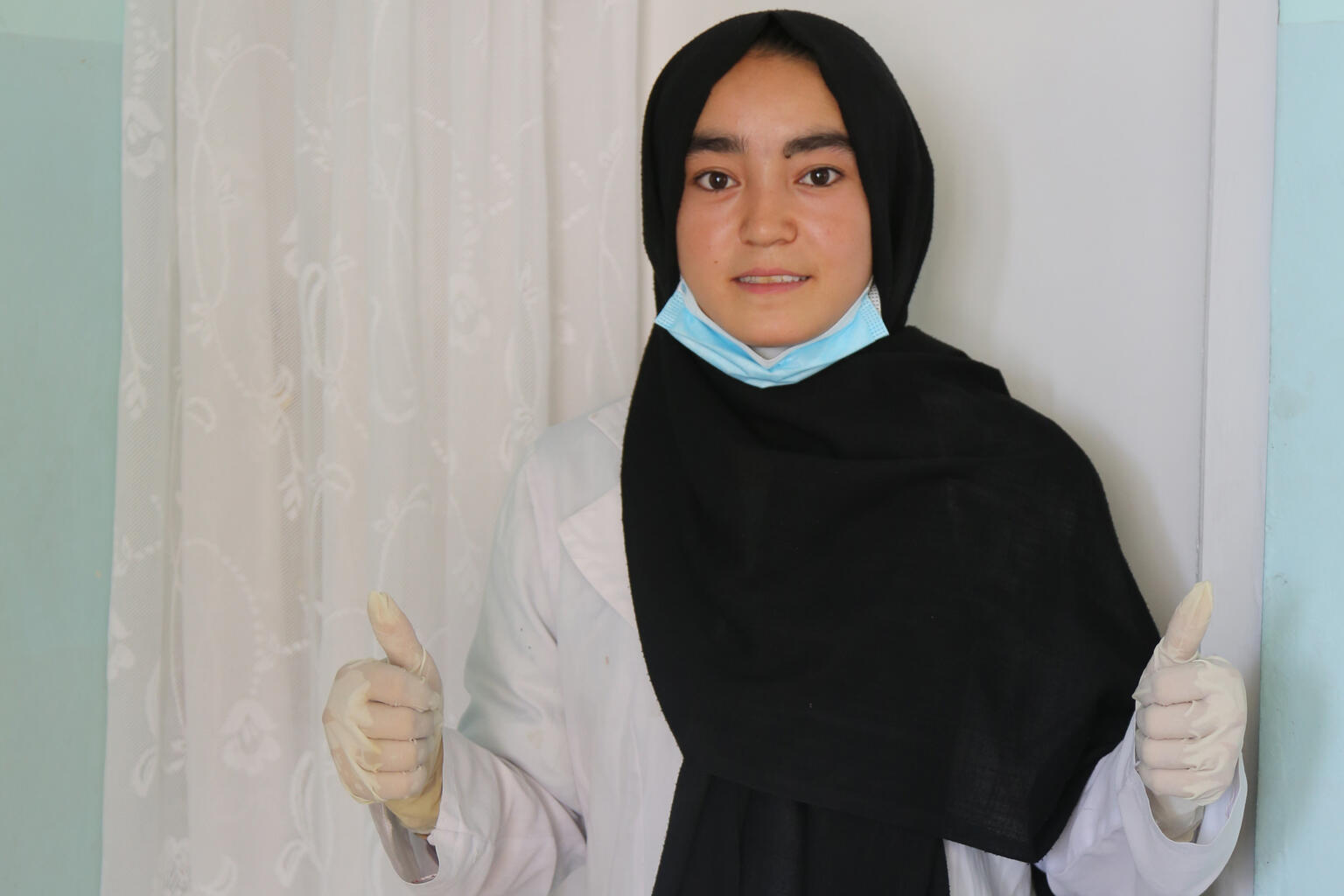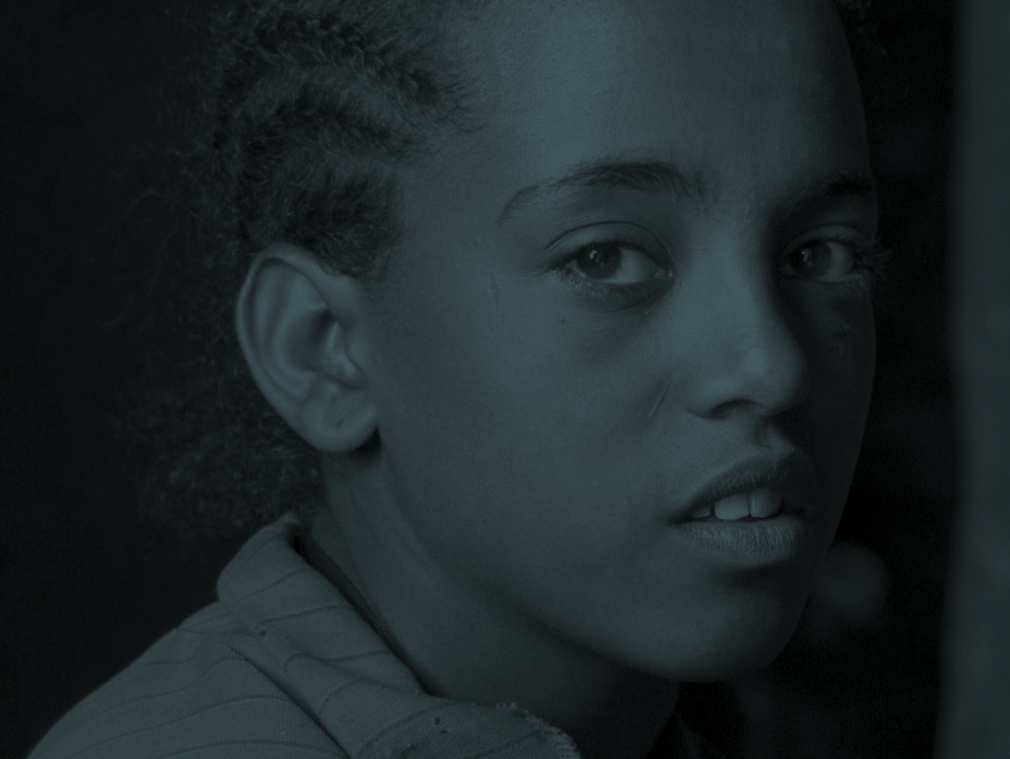Ensuring mental health and well-being in an adolescent’s formative years can foster a better transition from childhood to adulthood
Adolescence is a critical and formative period in which individuals begin their transition from childhood to adulthood. Ensuring that adolescents are fully supported in all facets of life, including their mental health and well-being, is critical for fostering this transition and laying the foundation for healthy and productive adulthoods.
Mental health conditions constitute a major burden of disease for adolescents globally. In 2019, it was estimated that one in seven adolescents experience mental disorders [i]. This amounts to an estimated 166 million adolescents (89 million boys and 77 million girls) boys and girls globally.
Among adolescents aged 10–19, anxiety and depression disorders make up about 40 per cent of mental disorders. These are followed by conduct disorders (20.1%) Attention-deficit hyperactivity disorder (19.5%).
Taking these and similar findings into account, mental health has gained increased recognition as a critical component of the global health agenda. Within the Sustainable Development Agenda, for example, Sustainable Development Goal (SDG) target 3.4 aims to reduce premature mortality from non-communicable diseases through the prevention and treatment of mental health conditions as well as through the promotion of mental health and well-being. These objectives are crucial to reducing preventable deaths among adolescents.
Self-harm is among the top causes of death for adolescents
According to latest estimates from the World Health Organization, suicide is the fourth leading cause of death for adolescent boys and girls aged 15-19, after road injury, tuberculosis and interpersonal violence. For girls aged 15–19, suicide is the third leading cause of death after tuberculosis and maternal conditions.
More data and evidence are needed to better meet the needs of adolescents
Despite increased recognition globally of the importance of mental health, momentum for programmatic and policy actions continues to be slow. There is common agreement that one contributing factor to this lack of progress is the lack of empirical data on mental health, including that among adolescents, at the population level. The data used at present to extrapolate estimates for the prevalence and burden of adolescent mental disorders are based on few studies that often have small and non-representative samples, thus offering only a very narrow snapshot of the current situation. The true burden of mental health disorders among adolescents globally could be more dire than estimates suggest.
Increased data and evidence on mental health among adolescents, especially those in low- and middle-income countries, is urgently needed. Systematic generation of information on the prevalence and burden of mental health conditions among adolescents is an essential step towards identifying needs, appropriately tailoring programmes and interventions and effectively promoting and allocating resources for these programmes and interventions at national and subnational levels.
Measurement of mental health among adolescents at the population level (MMAP)
UNICEF is leading the development of data collection methods to capture information on adolescents’ mental health at a population level in low- and middle-income countries. Adaptation and validation of these measurement instruments will involve a mix of qualitative and quantitative approaches, including translation, cross-cultural validation as well as ‘gold standard’ validation using clinical instruments to measure the prevalence of symptoms of depression, anxiety and suicidality, as well as functional limitations, mental health care and connectedness. The final outcome will be a suite of instruments for use in surveys to assess the prevalence of mental health conditions among adolescents. Through this approach, it will be possible to collect data that can be reported by demographic socio-economic characteristics, and subnational geographic areas, thus allowing for important equity patterns to be identified.
For more information, please visit UNICEF’s Measurement of mental health among adolescents at the population level (MMAP).
(i) Mental health conditions include anxiety disorders, depressive disorders, schizophrenia, bipolar disorder, eating disorders, autism spectrum disorders, attention-deficit/hyperactivity disorder, conduct disorder, idiopathic developmental intellectual disability and other mental disorders.
References
Institute of Health Metrics IHME, Global Burden of Disease Study 2019
WHO and partners (2017) Global Accelerated Action for the Health of Adolescents (AA-HA!). Geneva 2017.
Erskine HE, Baxter AJ, Patton G, Moffitt TE, Patel V, Whiteford HA, Scott JG. 2017. The global coverage of prevalence data for mental disorders in children and adolescents. Epidemiol Psychiatr Sci. 2017 Aug;26(4):395-402. doi: 10.1017/S2045796015001158. Epub 2016 Jan 2017.
UNICEF 2021 State of the World’s Children Report 2021 UNICEF 2020
UNICEF 2021 ‘MMAP Overview and Instrument Development. New York 2021’.
Resources















SUB-TOPICS
Adolescent well-being encompasses many dimensions and UNICEF monitors several adolescent-specific indicators in the following vital areas:
